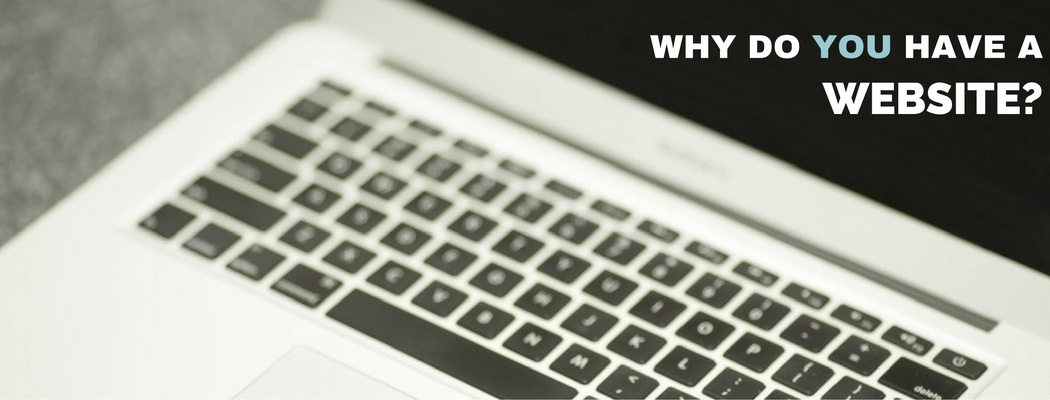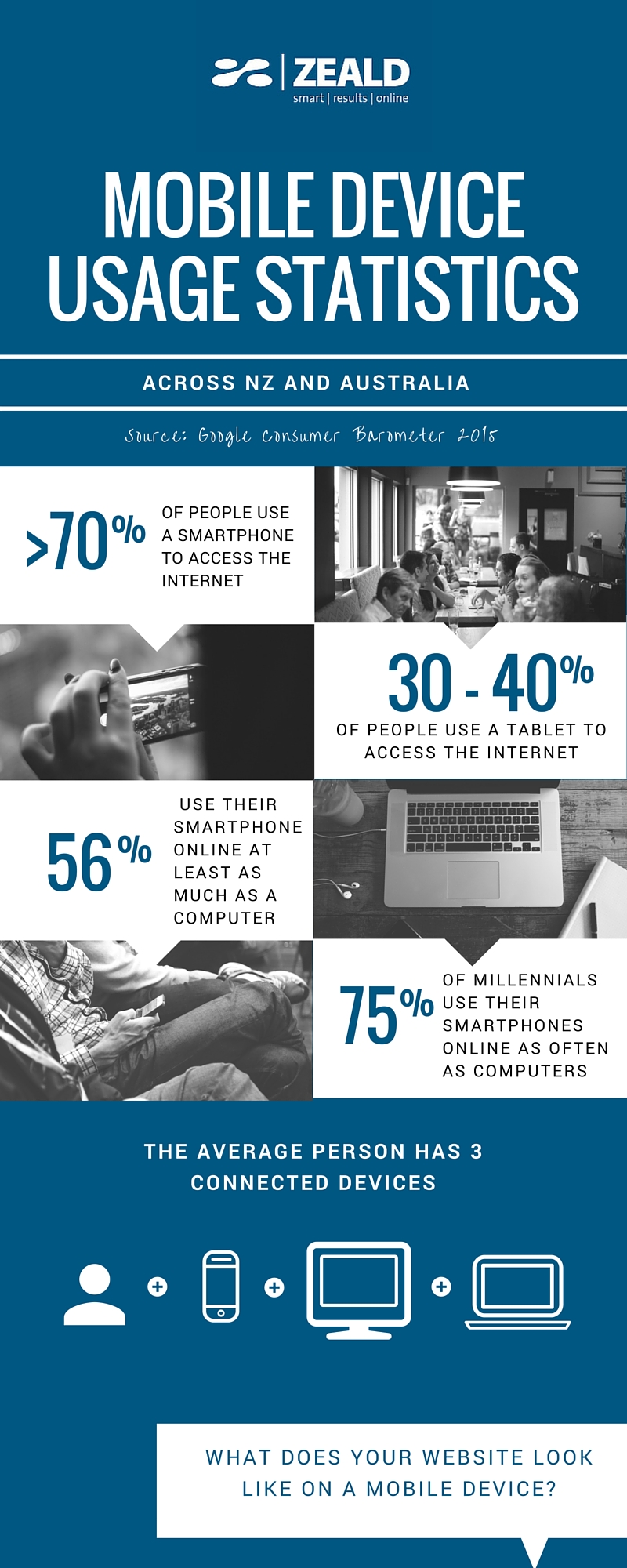Why do you have a website?

Ask yourself a few questions: “Why do I have a website?”, “What does my website do?”, “Is my website getting the results I want for my business?”. Most of us know that businesses these days need a website in order to be successful, but you also need to know exactly what you want to achieve in order to maximise results.
Let’s start from the beginning. When people come to see us about building a website, the first three questions are often the same:
- How much will it cost?
- How long will it take?
- What will it look like?
In order to answer these questions accurately, we’ll usually respond with some of our own:
- What is your business objective?
- What do you want your website to achieve?
- What do your customers want/need from your website?
We use the answers to these questions to help define business goals for your business. By defining your goals at the start of the project, we can give you a clearer picture of cost, time frame and what the end result will look like. Deciding on these goals will also give you a greater chance of achieving them in the long run. So what do you want a website for?
Here are some common goals:
- Attract new customers.
- Provide customers with vital information (event info, documentation, libraries etc).
- Gain marketing leads for an email database.
- Promote products and/or services.
- An online store where customers can purchase your products.
The second thing we need to do is make sure all parties involved have a clear picture of what the customer wants and needs. Putting ourselves in the mindset of a customer will help us understand this. We need to design the website and specific elements around the customers’ needs, which will ensure we create a more user friendly experience. While we do this, we find synergies between the business goals that were decided on earlier, and the customers’ needs that we’ve predicted. At Zeald we also take into account digital best practice for your specific industry, and learn from what has worked well for similar businesses. In doing this (and a few other tricks we’ve picked up in our many years experience), we have a solid foundation for a successful website.
Many of you reading this will already have a website for your business, but can’t say what your online business goal is. If that’s the case, then you need to define this goal, and undergo a website redesign to reflect it.
For those of you who have a clear business goal that’s reflected in your website design, good on you! If you find that you still aren’t getting the desired results however, then it’s possible you aren’t fully in tune with your customers. Make sure you are split testing design choices to see which work best. Try a different image or advertisement landing page for a month and compare it to the performance from the month before. Look at the analytics and run with what works best. This is a simplified explanation, but you get the idea.
For a more detailed explanation on how to do this, check out our ebook on ‘Digital Marketing for Small Business’.
If you need assistance defining your business goals, or helping reflect those online, feel free to get in touch with our Google certified e-business consultants for a free, no-obligations chat.


